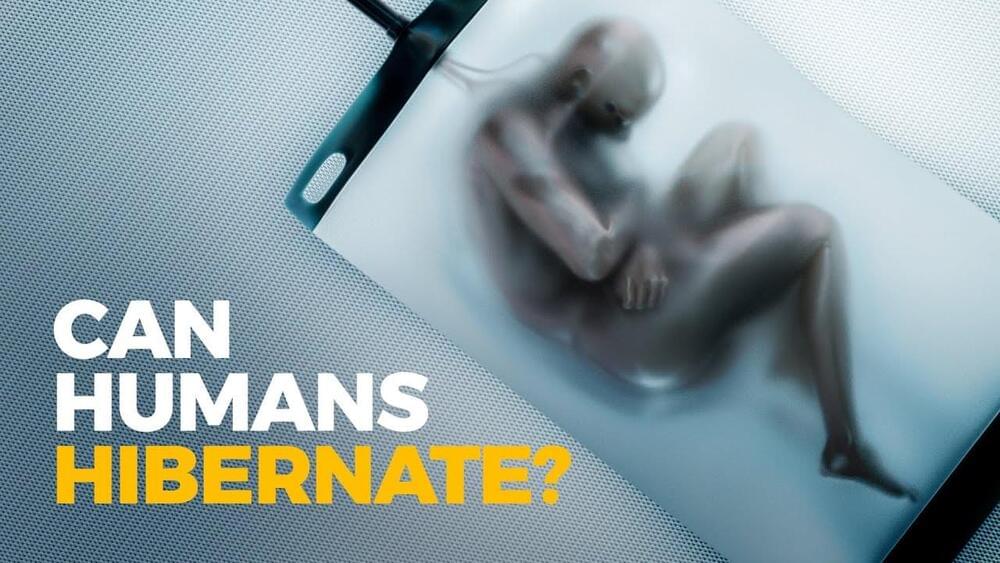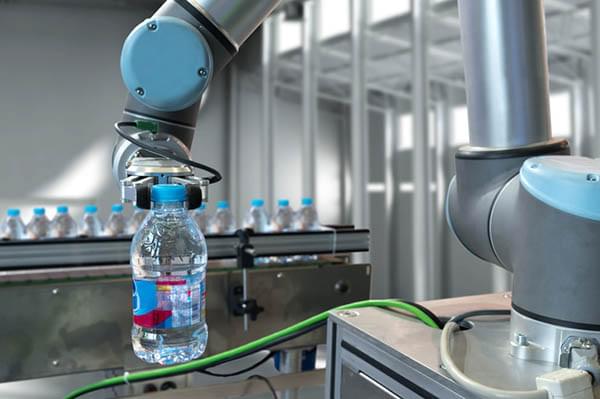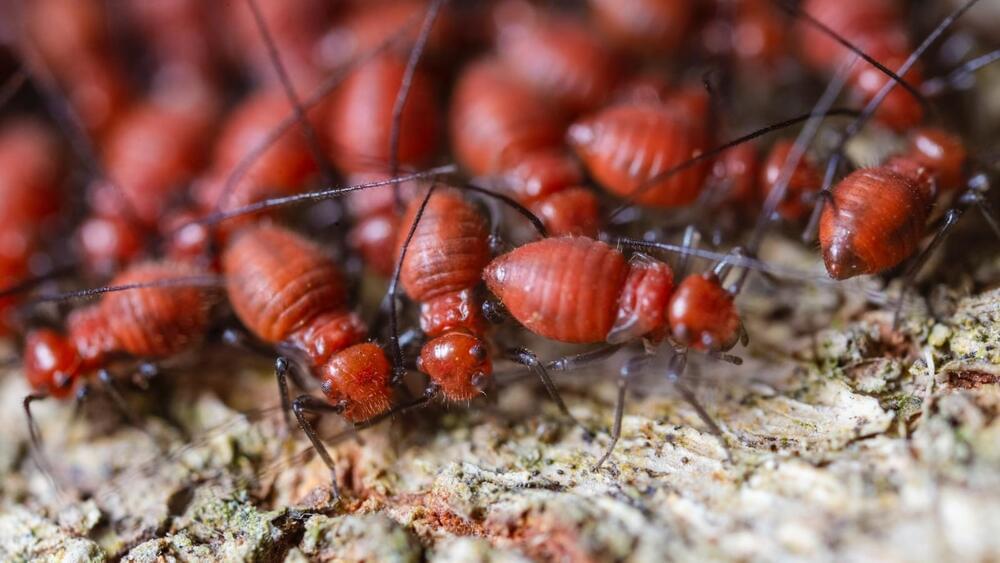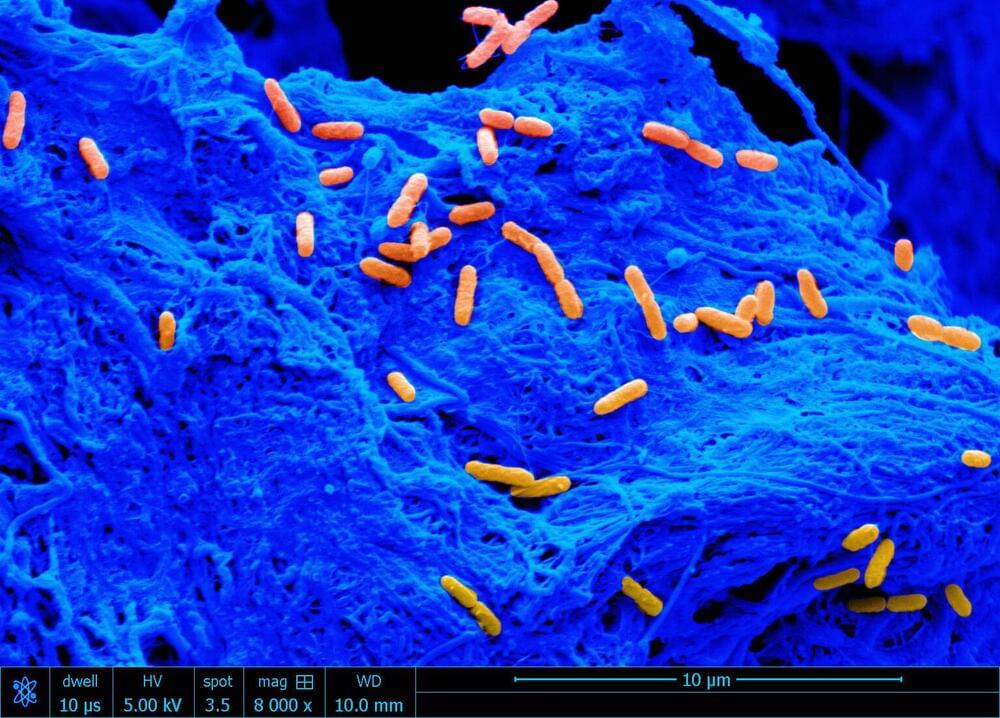Bloop is a fast code search engine written in Rust. — GitHub — BloopAI/bloop: bloop is a fast code search engine written in Rust.
Large law firms are using a tool made by OpenAI to research and write legal documents. What could go wrong?
An increase in transcriptional noise generally assumed to characterize aged cells and tissues is shown to derive instead from technical and biological issues that underlie single-cell RNA sequencing experiments.
Get Nebula using my link for 40% off an annual subscription:
https://go.nebula.tv/realscience.
Watch Becoming Human, exclusive on Nebula: https://nebula.tv/becominghuman.
Patreon: https://www.patreon.com/realscience.
Instagram: https://www.instagram.com/stephaniesammann.
Special Thanks to.
Microsoft’s ChatGPT-powered Bing search engine is sending “unhinged” messages to users, telling lies, sulking, gaslighting, questioning why it exists, and more. Martin Ciupa discusses ChatGPT, large language models, and artificial intelligence research.
Martin Ciupa is a subject matter expert on artificial intelligence, communications and information technology. Martin is the CEO of Remoscope Inc, an AI-based Telehealth startup, and an advisor & consultant to Mindmaze, a Unicorn Neurotech company focuses on applying advanced neuroscience to everyday life.
Martin has decades of experience in computing and artificial intelligence, PhD studies in AI, and a Master’s Degree in Cybernetics.
In this Robotics 24/7 Roundtable, viewers can learn about the latest advances and applications for robotic piece picking in multiple industries.
More than a million species of arthropods –cold-blooded creepy-crawlies including all insects — crawl and buzz around us outdoors and indoors, aboveground and underground, in our plumbing systems, in our food and on our bodies.
Like them or not, they do essential tasks like pollinating our crops, aerating farmland and sustaining an enormous diversity of predators from warblers to wolverines.
Yet despite arthropods’ crucial importance to the environment and humanity, and amid concerns that some of these populations are dwindling, scientists did not know how many are really out there and how much they weigh collectively.
The bones of the face and skull can be affected due to a wide range of conditions, including cleft palate defects, traumatic injuries, cancer, and bone loss from dentures. Although bone replacements are routinely used to regenerate the missing tissue, they are vulnerable to bacterial infection. In a new study, researchers investigated whether manuka honey, made from tea trees, can be used to resist bacterial infection and promote bone growth.
Bone implants account for 45% of all hospital-contracted infections, impeding healing. Typically, these implants are made from biomaterials that contain extracellular matrix components—molecules that provide structural support to cells. However, researchers commonly use metal implants or synthetic polymers to study bone defects and infections. Therefore, there is a gap in the understanding of how biomaterials behave in response to infection.
“Imagine a metal versus something soft and porous that is made up of extracellular matrix components. They have very different characteristics,” said Marley Dewey, a former graduate student in the Harley lab and the first author of the paper. “Using our scaffolds, this is the first paper to look at how these materials become infected.”
Enterprises looking to get ahead of data breaches and data leaks can benefit from using dark web monitoring tools and scan for personally identifiable information and even respond to attacks. Here is a list of 10 such tools.









